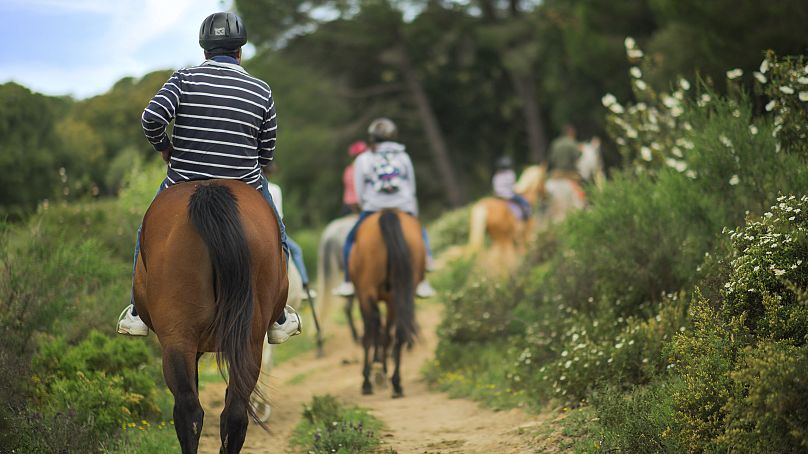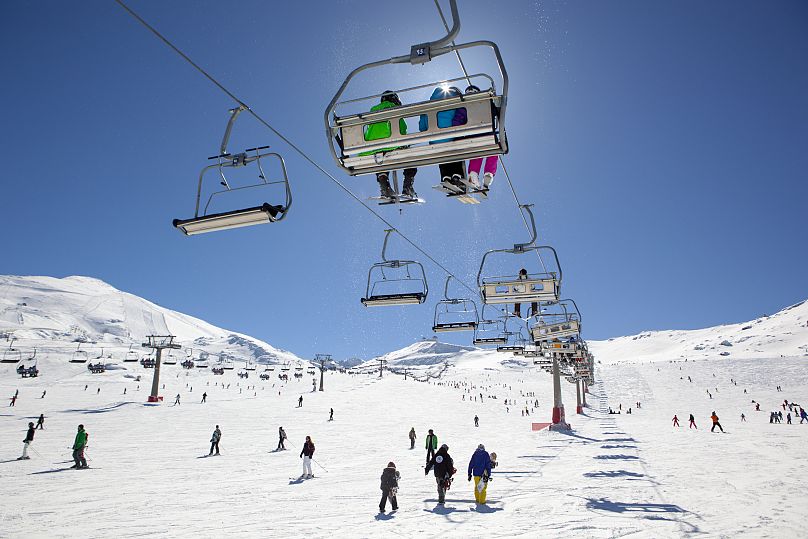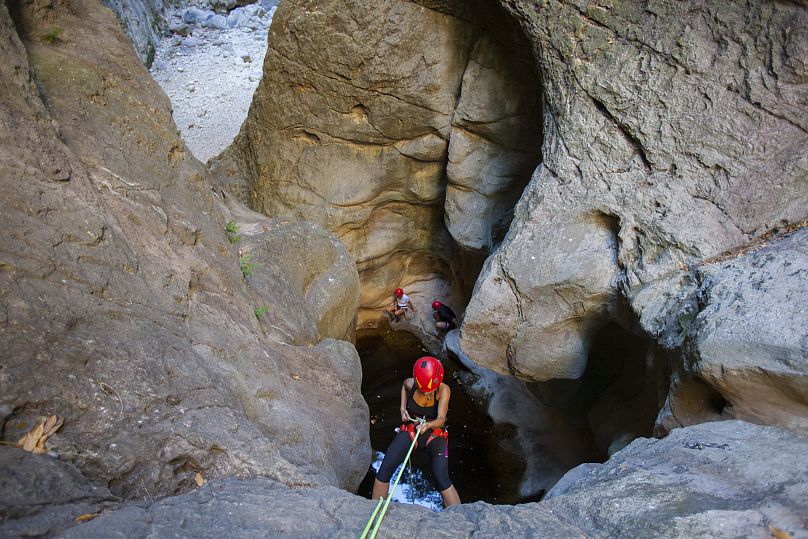With more than 300 days of sunshine a year and geographical features that take in mountains and beaches, deserts and lakes, Andalusia is the ideal destination for all kinds of outdoor activities.
The long stretches of sand that make up its coastline are no secret, and nor are the snow-tipped mountains of the Sierra Nevada, a favourite with skiers, but visitors can also try their hand at myriad other pursuits, such as canyoning, potholing or bungee jumping, that offer a parallel opportunity to appreciate some of the quirks of this vast and diverse southern landscape.
Horse-riding, cycling and biking
No visit to Jerez de la Frontera is complete without seeing its famed 'dancing horses' – the arched and elegant thoroughbreds indigenous to the region – but the many riding schools hereabouts give visitors the chance to ride out on them, as well as classes. Other popular places to discover on horseback include the Doñana national park and the foothills of the Sierra Nevada mountain range.
For those that prefer to explore on foot or by bicycle, there are endless possibilities, including southern Spain's network of 'vías verdes', the railways that fell out of use in the 1960s, but in recent years have been rehabilitated and paved to provide hundreds of kilometres of flat, wide tracks, taking in every type of stunning landscape.
Hikers are also catered for, with an extensive network of trails across hills and through forests, or along the coast. These are signposted GR (gran recorrido – long distance), PR (pequeño recorrido – short distance) and SL (senda local – local trail), and you'll see two short stripes painted on rocks and trees to indicate direction.
Skiing and snowboarding
Just outside the enchanting city of Granada, the Sierra Nevada mountain range is the location for Europe's highest ski resort, where you'll find 120 pistes for a range of abilities. The town of Pradollano serves the resort with hotels, restaurants and hire shops and is itself the highest town in Spain, at 2,100 metres.
A UNESCO-named biosphere reserve, the area is a stunning place to walk at any time of year, but is usually open for skiing and snowboarding from the beginning of December to April or May, if the weather remains cold enough for snow cannons to be used.
Mountaineering and climbing
The variety and size of Andalusia's mountain ranges mean that it offers itself to a range of abilities, from those who simply wish to hike through the Sierra Morena or the Betica Range to those who hope to scale the dizzying peaks of up to 3,500m found at the Sierra Nevada.
There are many types of climbing, however, beyond steep mountain climbing, and Andalusia has the facilities for gentler versions, from indoor climbing walls (known as rocódromos) to cliffs and canyons such as the rocky outcrops at La Cala del Moral or the dramatic, limestone Teba canyon.
Canyoning falls somewhere between climbing and a water sport, and might involve a mix of walking, climbing, swimming and even abseiling in narrow gorges of the type found throughout Andalusia. Some of the most popular spots are La Garganta Verde in the natural park of Grazalema, near Cádiz; the canyons of the Río Verde in Granada, and those at the Río Guadalmina in Benahavís in Málaga.
Caving
Exploration of these subterranean worlds is a thrilling way to experience some of Andalusia's most curious features, some of which were shelter for ancient civilisations and cultures, as well as sources of minerals, archaeological remains and unusual species of flora and fauna. Several organisations exist to organise group activities under the leadership of trained and experienced guides.
Limestone caving takes places in underground channels carved out by water or ice flow, while cave diving takes place mainly underwater. Volcanic caving takes place in caverns formed by lava flows. Some of the more popular sites for these are in the province of Malaga: the Hundidero-Gato crossing, an old underwater river course; the caves at Guadares, the El Republicano cave and the El Agua cave. Near Cádiz is the Cacao cave, the longest vertical cave in the region, which descends to 80 metres below sea level.
Granada province, too, is known for caving, with sites at Ventanas de Piñar, Igualeja, Ronda, Castril, Quesada, Sorbas and Nerja.




